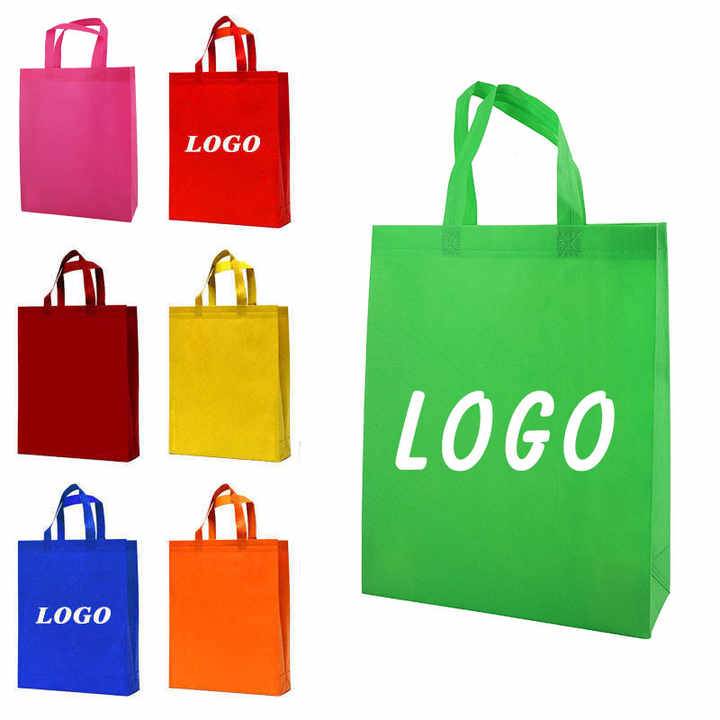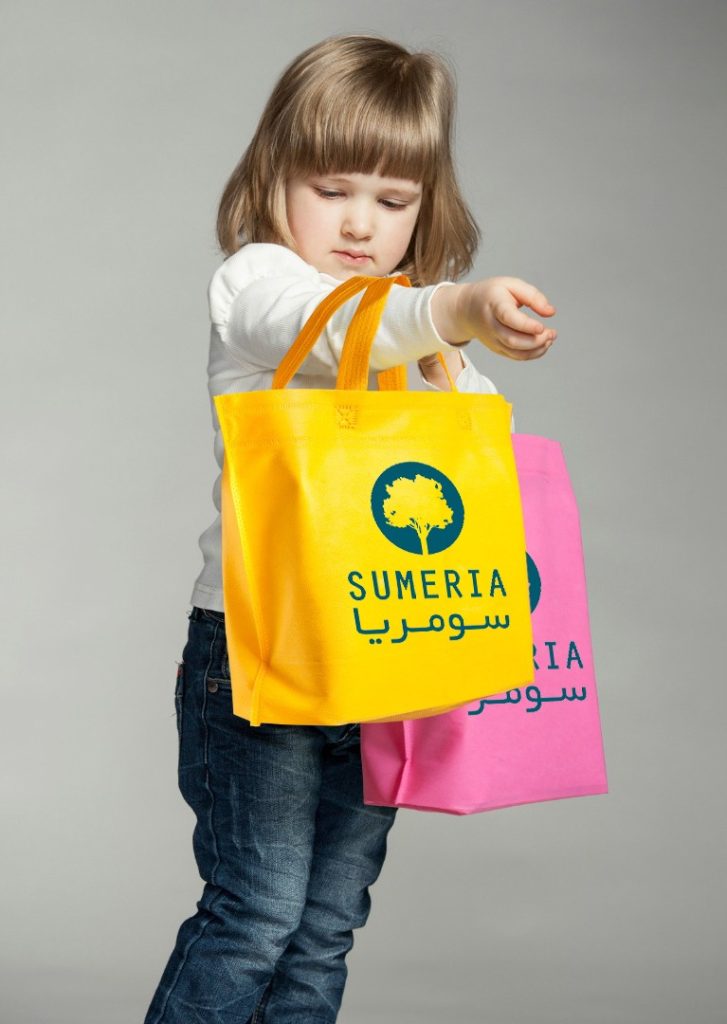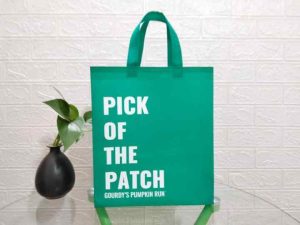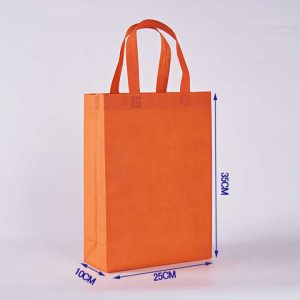No products in the cart.


With the advancement of technology and the introduction of new products, the amount of waste per capita has increased significantly and caused irreparable damage to the environment. The bulk of this waste is made up of plastic waste, which has increased 21 times in the last fifty years due to its cheapness and ease of use.
According to the latest global statistics, 3.5 million tons of waste are produced around the world every day, of which 32% are plastic materials, and plastic bags alone constitute 7% of this volume of waste. Iran’s share in waste production reaches 40,000 tons per day, which is 1.15% of the world’s total waste. Unfortunately, 10.28% of this waste in Iran is made up of plastic items.
Despite the large amounts of plastic products that are often used for packaging and use in complementary industries, the question is, has there been a solution for recycling its residues along with its production and consumption?
Problems of recycling plastic compounds
Replacing bio-based compounds or bioplastics with compounds derived from plastic is a solution that has been considered in many developed countries during recent decades. Standard companies generally recognize plastics that contain 50% biomass and 20% biocarbon as biobased. Despite their advantages, these compounds face problems in the recycling process due to their high price and the impossibility of separating organic parts from plastic. In addition, many environmental friendly associations (NGOs) in these societies are trying to establish the culture of correct use of materials that cannot be returned to nature among the common people. Unfortunately, even in such societies, the gap between existing conditions and ideal conditions is indescribable.
Despite all these issues, the question arises, where is the foundation of these problems and how can we be honest trustees of this irreplaceable habitat for future generations by preserving our environment? Should we completely remove plastic from the life cycle and industry? In this case, which compound can be a suitable substitute for the compounds derived from plastic in various industries, especially the packaging and advertising industry? Are paper and cardboard good substitutes for nylon because they can be returned to nature? In response to the present and similar questions, it is enough to have an overview of the history and necessity of using compounds derived from plastic, its advantages, disadvantages, and solutions to replace it with other compounds.
Paper is one of the first man-made products used in the packaging industry. This combination is unique both in terms of hygiene and in terms of the ability to return to the environment, and in addition to being economical and light, it can be subjected to various printing methods. In simpler words, this combination with unique features has easily covered the most important advertising and marketing strategies. Of course, it should be noted that the invisibility of the product that is placed inside the packaging can be considered a limiting factor in many cases from the point of view of marketing and advertising sciences; But the biggest problem of using paper-derived compounds in these industries is its lack in nature and the irreversible damage caused to nature during the production process. In fact, how much destruction of forest resources will be responsible for the production of paper needed all over the world only in the field of packaging and advertising? Can the new technologies of paper production using the remains of agricultural products such as the stalk and leaves of the corn plant alone compensate for the need to cut down trees? In response to this question, it should be noted that more than 10 billion paper envelopes are used only by American citizens per year, which requires the cutting of 14 million trees and the use of hundreds of barrels of water and toxic chemicals to produce this amount. Finally, acid rains and pollution of water sources have been added to the previous cases, making the use of this solution even more controversial.
Separation of waste from the source is a suitable solution
Today, plastic recycling has gained attention all over the world and has been able to contribute greatly to the preservation of the environment. However, the major weakness in the waste collection stage is one of the main obstacles to the complete success of this project. Unfortunately, in developing countries such as Iran, maximum 3% of used plastics are collected for recycling. The culture of separating recycled items from the origin is also not fully implemented in these countries or is not done correctly. Such a plan requires a platform of insight and awareness, the culture of which must start from the family environment and be institutionalized in schools and universities as an inevitable habit and culture. Of course, Tehran municipality has started relatively good activities in this field, however, even in the best conditions of education and culture, there are still at least two human generations to reach the ideal conditions.
Repeated use of primary packaging materials is the only viable solution
Environmentally friendly organizations have introduced the method of multiple use of packaging products as a third solution. Many people believe that this method is currently the only practical solution to reduce environmental pollution. In this way, the packaging tool is practically designed as a beautiful and usable by-product for long-term transportation and storage, which, in addition to the significant reduction of household waste per capita, with repeated use, simultaneously allows the development and expansion of advertising for the manufacturer. has provided


Using cloth hand bags instead of plastic bags
For some time, in Iran, like many developed and developing countries, we have seen the use of fabric hand bags instead of plastic bags. This change is especially noticeable during various exhibitions.
The coefficient of consumption of fabric hand bags, which is calculated as 11 on average in the world, is one of the most important advantages of these products. This factor is determined by predicting that each hand bag will be used 11 times before being destroyed and recycled. This is while the consumption factor of plastic bags is 1. The consumption factor in the packaging industry is also considered one of the basic strategies of marketing and advertising because the manufacturer can simultaneously benefit from the benefits of this method of advertising by offering a beautiful handbag to the buyer of his product, practically without paying the cost of distributing leaflets. .
Among other advantages of these products, in addition to cost-effectiveness, small volume and lightness, the following can be mentioned:
- air passage (very suitable for bread)
- High resistance (suitable for heavy products)
- Moisture resistant
- Variety of colors
- Recyclability
Imposing the cost of recycling nylon bags on consumers in many countries of the world, including Ireland, Italy and England, has provided a suitable cultural platform to encourage the use of durable bags and reduce the use of nylon. It is interesting to know that the use of nylon bags in the countries of Denmark, Germany, Bangladesh, India, Taiwan, Kenya, Macedonia, South Africa and China is completely prohibited or faces severe restrictions.
Institutionalizing the culture of replacing cloth bags with nylon envelopes in Iran through the implementation of incentive plans can be considered a big step towards protecting the environment. A simple statistical calculation shows that reducing the consumption of one plastic bag per week in every Iranian household can prevent about 816 million plastic bags from entering the environment per year. Currently, some chain stores in our country also support the campaign of environmentalists by offering cloth bags instead of plastic bags.
